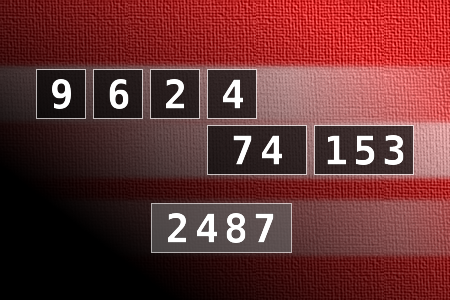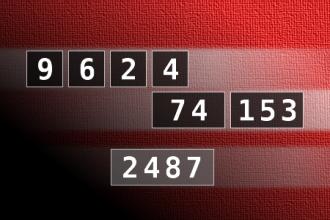Calculate the number 2487
NUMBERMANIA: Calculate the number 2487 using numbers [9, 6, 2, 4, 74, 153] and basic arithmetic operations (+, -, *, /). Each of the numbers can be used only once.Correct answers: 28
The first user who solved this task is Fazil Hashim.
#brainteasers #math #numbermania

A blonde is terribly overweigh...
A blonde is terribly overweight, so her doctor puts her on a diet. "I want you to eat regularly for 2 days, then skip a day, and repeat this procedure for 2 weeks. The next time I see you, you'll have lost at least 5 pounds."
When the blonde returned, she shocked the doctor by losing nearly 20 pounds. "Why, that's amazing!" the doctor said, "Did you follow my instructions?"
The blonde nodded, "I'll tell you though, I thought I was going to drop dead that 3rd day."
"From hunger, you mean?" asked the doctor.
"No, from all that skipping."
When the blonde returned, she shocked the doctor by losing nearly 20 pounds. "Why, that's amazing!" the doctor said, "Did you follow my instructions?"
The blonde nodded, "I'll tell you though, I thought I was going to drop dead that 3rd day."
"From hunger, you mean?" asked the doctor.
"No, from all that skipping."

